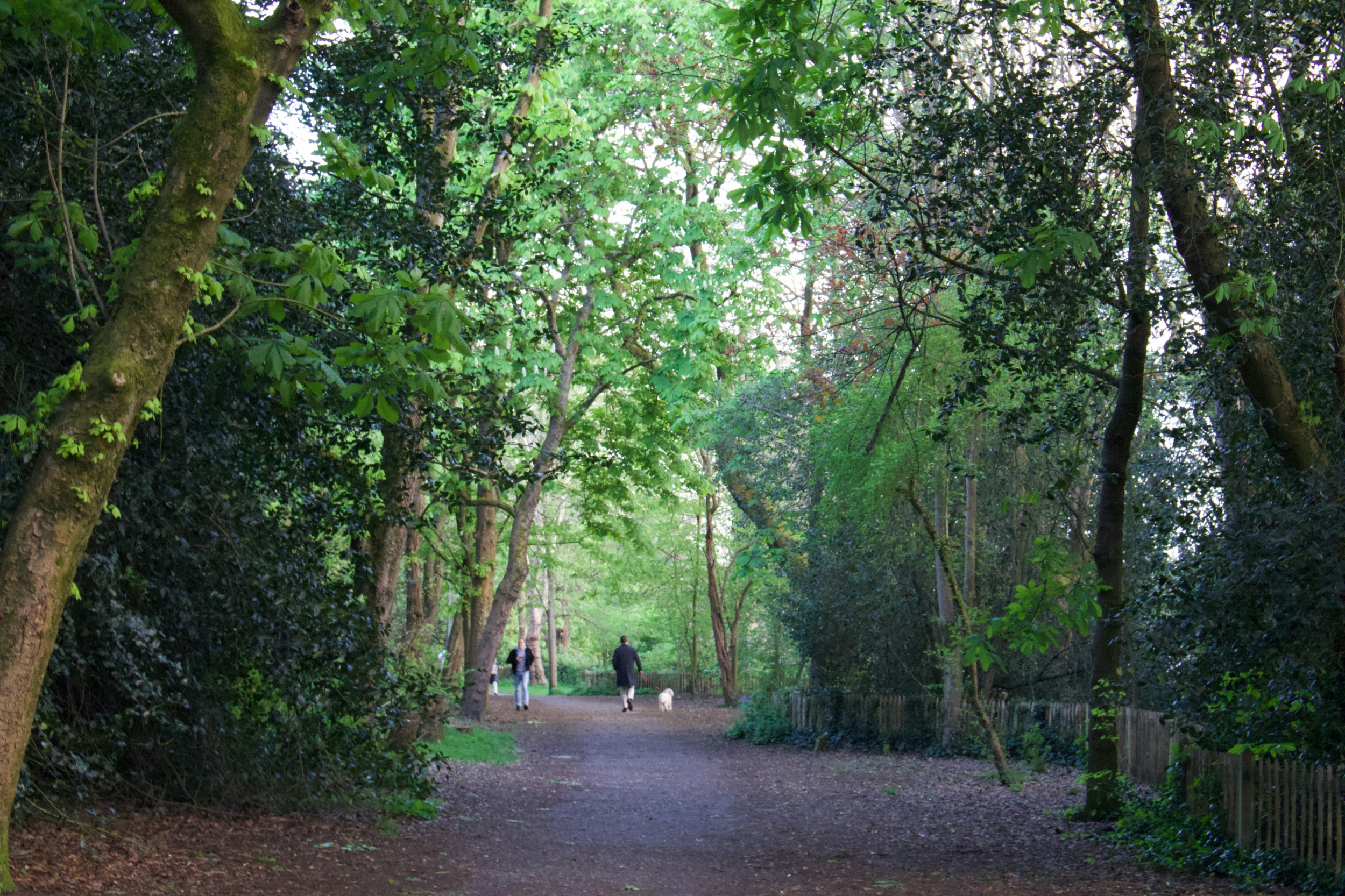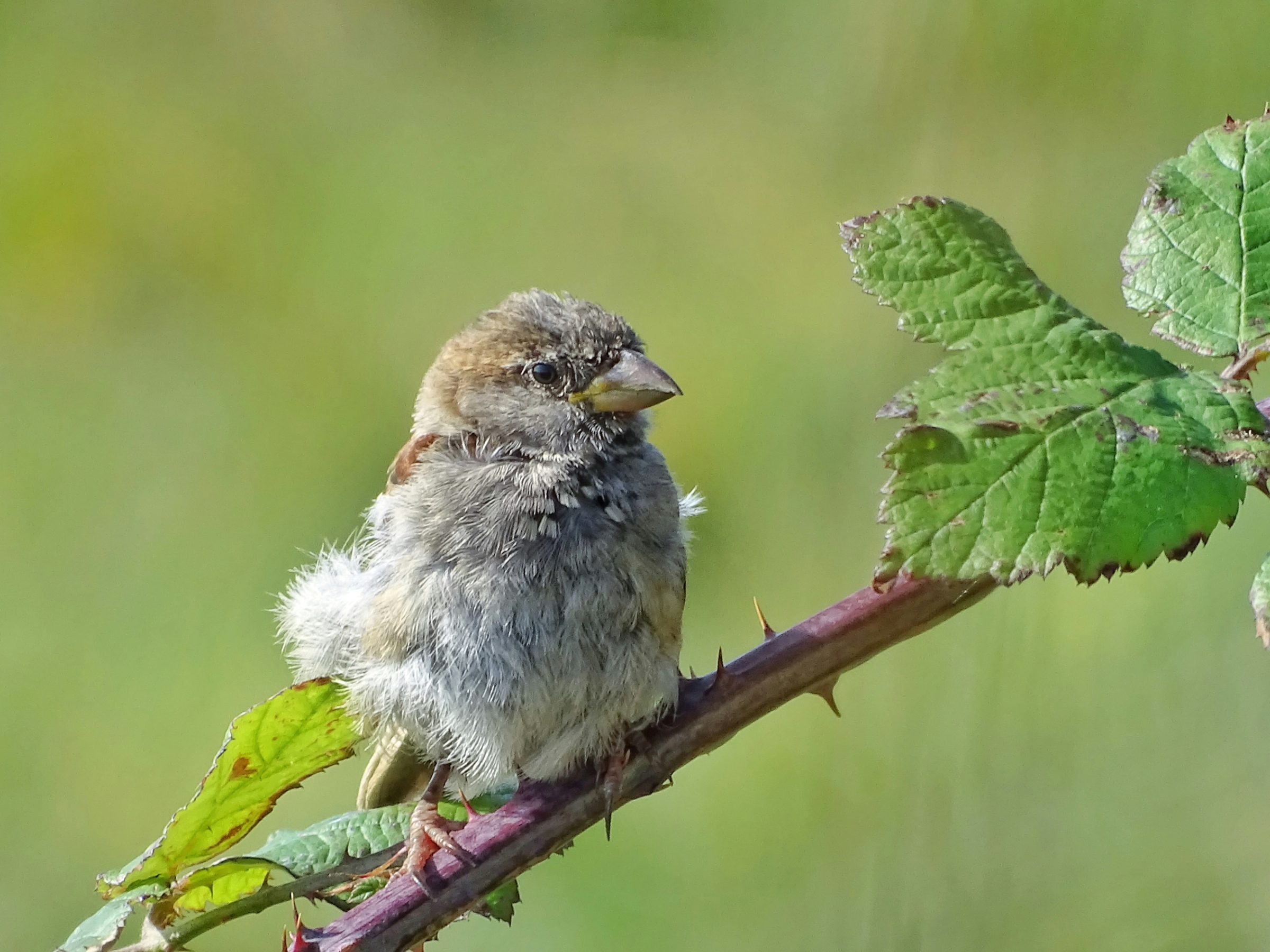In this blog with the Wildlife Trusts, we explore how climate change is impacting nature.
This month we are exploring how climate is affecting nature. Climate change is one of the key drivers of nature-loss around the world. Its impacts on wildlife and habitats are already being felt and are likely to worsen in the future. These impacts include stress and damage to species and ecosystems, biodiversity loss and increases in invasive pests and pathogens.
The loss of biodiversity and degradation of ecosystems weakens their ability to provide essential services and reduces our natural capital. Working with nature, rather than against it, brings multiple benefits also for society. By conserving nature and restoring ecosystems, we reduce socio-economic vulnerability and increase our resilience to climate variability and change.

Protecting ecosystems and enhancing biodiversity are important to the Met Office. Since 2011 we have held The Wildlife Trusts’ Biodiversity Benchmark Award for our head office site in Exeter. We’ve also just reached a milestone of recording 600 different species of plants, insects, birds, mammals, reptiles, and fungi on site. These achievements reflect the Met Office’s ongoing commitment to increase biodiversity at our Exeter head office and frontline sites, while also reducing our overall environmental impact.
The Wildlife Trusts has been our corporate charity since 2022, and we support their ambition to make local areas wilder and nature a part of life for everyone. This partnership links to our 'force for good' value, and the charity has many other connections with us in terms of our sustainability and biodiversity ambitions.
The ‘biggest threat’ to nature from climate change
Nigel Doar, The Wildlife Trusts’ Head of Science and Research, spoke with the Met Office about how climate change is affecting nature and what people can do to reduce the impacts and help conserve nature.
He said: “I’ve been involved with the Wildlife Trusts for more than 30 years. I remember having conversations with our local members about climate change in the 1990s. So, it’s been on our agenda for a long time. Since 2000, we’ve tried to build landscapes that are more resilient to climate change, so wildlife can cope with the changes. But our action on this has certainly accelerated in recent years.”
The impacts of climate change are being experienced around the world – including more frequent and severe heatwaves, floods, droughts, and wildfires – threatening species, ecosystems and people.
“A lot of our people looking after wild and natural places around the country are telling us their biggest concern is drought,” Nigel said. “Because wildlife really does get hit by drought, whether that’s plants, invertebrates, mammals or birds. A lot of the natural systems, plants and animals that are typical of the UK thrive in mild, damp conditions. They need some water all year round, and really aren’t cut out to cope with periods of dry heat.”
The Wildlife Trusts and the Met Office work together on various projects exploring the interactions between weather, climate and nature. Our Pacific oysters and climate project studied how current and future sea surface temperatures relate to the potential survival and expansion of the Pacific oyster at specific Wildlife Trust sites and around the UK coastline.
David Smyth of Ulster Wildlife reflected on how this invasive species is impacting our native species.
He said: “The problem is that with rising sea temperatures these oysters will become even more prolific, and their densities will be high. They’ll create a monoculture and smother the habitat that’s already there. So, there’s a real fear we could lose our native oysters, and some of the priority marine features we have in Strangford Lough if these oysters get a grip.”
Plants, pests and pathogens
Climate change adversely affects many parts of our ecosystems. Rising temperatures lead to more frequent droughts, wildfires, and invasive pest or pathogen outbreaks, leading to increasing stress or loss of plant species.
Phytophthora ramorum is fungus-like pathogen that was first discovered in the UK in 2002. The organism causes extensive damage to a wide range of trees and shrubs, although its greatest impact so far has been on our larch trees, which cover about 5% of the woodland in the UK. Much of this has now been lost to the disease.
Dr Deborah Hemming is the Met Office Scientific Manager for vegetation-climate interactions. She has been working with plant pest and pathogen experts at Defra, Fera Science Ltd, Forest Research and others to understand how climate variability and change affects the distribution of pests or pathogens like Phytophthora ramorum.
Debbie said: “Our climate is becoming increasingly favourable for many pests and pathogens like Phytophthora ramorum. Recent warming and extreme rainfall events have enabled many existing pests and pathogens to thrive and new ones to become established in the UK. In particular, warmer winters have enabled some species to survive the winter, build-up their populations and spread more rapidly.”

Protecting the natural world and ourselves
Working with nature, rather than against it, brings multiple benefits for living with our changing climate. By conserving nature and restoring ecosystems we reduce our vulnerability and increase our resilience to the changing climate, now and in the future.
Nigel said: “We need to do the things we know we can do on a bigger scale, like making our landscapes more natural, making them more flood resilient, and our towns and cities greener.
“Climate change isn’t going to make any of our lives better, easier or cheaper. But we can invest now to give us all the biggest chance of a pleasant future. If we look after the wildlife and the natural world, it will help look after us.”
You can watch the full interviews with Nigel Doar, David Smyth and Debbie Hemming in our latest episode of Climate Conversations.



